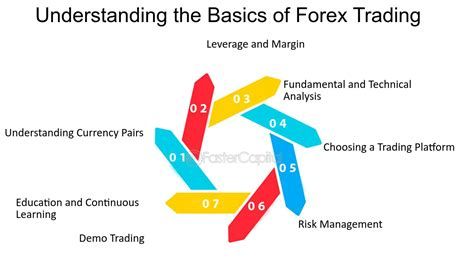The Impact of COVID-19 on the Commercial Property Market
Futureincomes.site Assalamualaikum Today I want to share inspiring stories about Property. Complete Information About Property The Impact of COVID19 on the Commercial Property Market Make sure you listen to the closing part.
COVID-19 and the effect it has had on commercial property.
As if much of the world wasn't already reeling from economic and social ramifications in 2020, our daily lives held no comparison to the unprecedented global health crisis unleashed by COVID-19 — one which exacerbated challenges many were already facing before the pandemic spread like wildfire across international borders. While the pandemic accelerated trends that were already in place, it also created some entirely new behaviours with our commercial spaces, as cities locked down and businesses raced to adapt.
Weeks later, thriving downtown areas became desolate wastelands where honey-pot offices across the country were shuttered with millions of employees forced to working from home. That mass exodus ignited a phenomenon that many in the industry now refer to as the "Great Real Estate Reset"–a transformational rethinking of commercial property and its place in our world after COVID-19.
Revolutionizing Offices — Necessity to Option
One of the most prominent triggers for pandemic impacts was found to have manifested within the office sector. Once the backbone of commercial real estate, traditional office space was thrown into an existential crisis as remote work became not just feasible but in many cases preferable. Permanent work-from-home options were announced by companies such as Twitter, Microsoft and Facebook, causing tremors in the commercial property space.
Key statistics paint a compelling picture of this transformation:
| Market Indicator | Pre-COVID (2019) | Post-COVID (2023) |
|---|---|---|
| Office Occupancy Rates | 94% | 67% |
| Average Lease Rates (per sq ft) | $34.50 | $28.75 |
| Remote Work Adoption | 5% | 58% |
Retail Properties: Adaptation and Innovation
Retail properties were a tale of two markets as the pandemic affected them differently. As the foot traffic dried up in brick-and-mortar stores and consumer behaviors changed we saw a massive acceleration in e-commerce growth that no one could ever have imagined. That change left many retail property owners rethinking the way their spaces are utilized, resulting in a slew of innovative hybrid solutions that combined both physical and virtual experiences.
Some of the most notable transformations are:
- Change of retail units to last mile delivery hubs
- Adoption of contactless shopping technologies
- Building experience based retail hubs
- Mixed-use development of residential and commercial property
Increasing Prominence of Industrial and Logistics Properties
As office and retail sectors struggled with uncertainty, industrial and logistics assets were an unlikely pandemic winner. E-commerce demand was unprecedented, and it created a huge need for warehouse space rental, fulfillment centres and distribution facilities. The strength of this sector also emphasizes the need for flexible commercial property strategies in an increasingly digital economy.
The transformation has been especially significant in suburban and secondary markets that have drawn leading investors and developers to their lower operating costs and more plentiful space, particularly for industrial properties. Such trend is a stark deviation from the pre-pandemic time concern of prime metro areas.
Innovation for the Environment and Technology
Sustainable and technological innovations in commercial real estate have been fast-tracked during the pandemic. In response to health concerns, building owners and managers have incorporated higher-grade air filtration systems, touchless technologies and smart building solutions into their operating practices. These investments signify an expanding understanding that retaining tenants and ensuring long-term viability for commercial spaces will necessitate a combination of technology-based solutions and ecological sustainability practices.
The Future of Commercial Real Estate: Looking Forward
The transition from pandemic to end-demic will not mean an immediate return to pre-pandemic lifestyles, but the commercial property market is adjusting accordingly in tandem with changing workplace and shopping habits. Flexible, sustainable and high-tech properties will probably stand the greatest chance of success as work-and-commerce shifts evolve. It not only disrupted the market — it catalyzed a transformation that will shape commercial real estate for generations.
To sum up, though the COVID-19 pandemic has presented unique challenges to the commercial property market, it has also opened a new door of innovation and adaptation. Property owners, investors and developers need to evolve with the times however — or face the consequences in what we now call a post-pandemic society where rethinking how we inhabit space is tantamount. The future will be dictated by those who know how to combine the well-known best real estate practices with new trends in technology, sustainability and flexible use.
Thank you for your attention to the impact of covid19 on the commercial property market in this property Hopefully this article is enough to increase your knowledge always think positively in working and maintain ideal body weight. If you agree hopefully other articles are interesting for you. Thank you.










